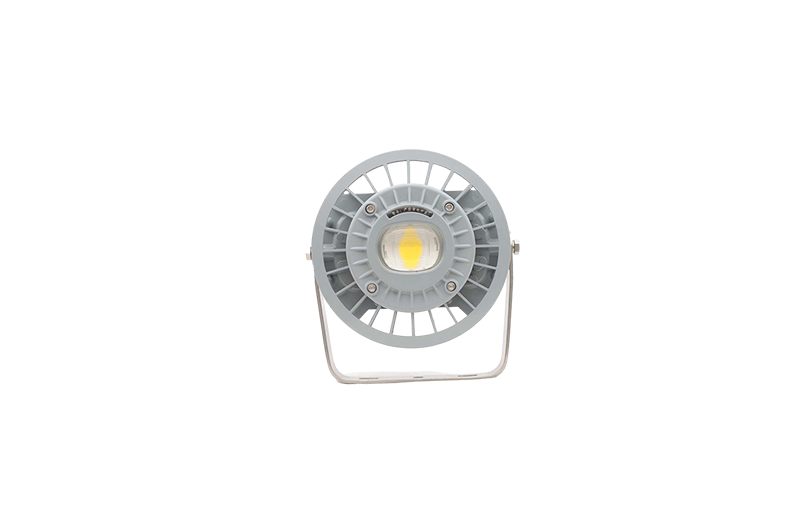-
 13316809242/15816897019
13316809242/15816897019
-
 59911926@qq.com/sales@goldenfuturehk.com
59911926@qq.com/sales@goldenfuturehk.com
 13316809242/15816897019
13316809242/15816897019
 59911926@qq.com/sales@goldenfuturehk.com
59911926@qq.com/sales@goldenfuturehk.com
Time:2025-02-17 Views:0
Cold resistant explosion proof flashlights are vital in environments with extremely low temperatures, such as arctic exploration, cold storage facilities, or outdoor operations in freezing regions.
The housing of these flashlights is made from materials that can maintain their mechanical properties in cold conditions. Special plastics or metals with low temperature tolerant characteristics are used. These materials do not become brittle at sub zero temperatures, ensuring that the flashlight can withstand accidental drops or impacts that are common in industrial or outdoor settings. The seals around the housing are also designed to be flexible in cold weather, preventing any air or gas leakage that could affect the explosion proof performance.

The battery is a crucial component in cold resistant flashlights. Special battery chemistries are often employed that are capable of functioning efficiently in low temperature environments. For example, some lithium based batteries are designed with additives or modifications to improve their cold weather performance. The battery compartment is insulated to protect the batteries from the cold and to maintain their charge and discharge capabilities.
The light source, typically LEDs, is selected for its ability to operate in cold temperatures. LEDs have the advantage of being able to start up and provide stable illumination even in very cold conditions. The electrical connections within the flashlight are made with materials that can handle the contraction and expansion that occur in cold environments without breaking or causing short circuits.
The explosion proof design ensures that in the event of any internal malfunction, such as a short circuit or overheating of the electrical components (although less likely in cold conditions), the flashlight will not cause an explosion in the potentially explosive atmosphere. This is achieved through the use of robust housing materials and proper design of the electrical system. These flashlights are essential for workers in cold climate industries, providing them with reliable and safe illumination.

